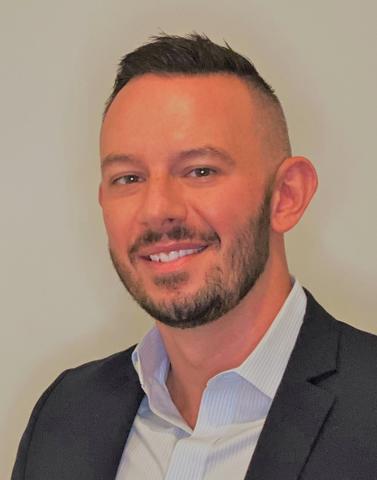Associate Professor Erich Sommerfeldt dives into the ways our communication tactics have changed, both at home and abroad.
Making sense of today’s international political climate is no small feat. With many lawmaking bodies worldwide still reeling from the impacts of COVID-19, as well as military conflicts that span continental borders continuing to spread, it is now more important than ever for diplomats and scholars alike to take a step back and consider their channels of communication.
Associate Professor Erich Sommerfeldt has focused his work on the modes and methods of communication in a range of diplomatic settings. His research is aimed at addressing the unique advantages and drawbacks to the many developments in public communication that have taken place over the last decade.
An International Perspective
Sommerfeldt believes that the investigation of communication tactics shouldn’t stop at the American coastline. That’s why he has spent much of his professional career focusing his attention outwards.
During the years immediately preceding the COVID-19 pandemic, Sommerfeldt helped spearhead the Malaysia Reform Initiative with the United States Agency for International Development (USAID). In this role, Sommerfeldt spent months assessing how various organizations throughout Malaysia supported and furthered the process of government reform in their country. He took special interest in how these organizations all communicated with one another in complex networks both in and out of the digital sphere.
By the time he presented his findings to the US embassy in Kuala Lumpur and USAID in Washington, D.C. in 2019, “everything was looking fresh and rosy,” ready for a new era of change in the Malaysian federal government. As with many systems around the world, the political tides in the country have shifted since early 2020, but Sommerfeldt’s findings have continued to inform later phases of the Reform Initiative.
In 2020, Sommerfeldt became the first communications scholar to receive the prestigious Jefferson Science Fellowship through the National Academies of Science, Engineering, and Medicine (NASEM). As a Fellow working with the Office of the Undersecretary for Public Diplomacy, he had the opportunity to advise the State Department on policy related to social networking and public relations analysis. His mission was to help diplomats located around the world find success, no matter where they were located.
Teaching a New Generation of Policy-Makers
All of these experiences taught Sommerfeldt that the field of public relations has been shifting rapidly. The young professionals taking their first steps into public policy are entering a “completely different communication landscape” than he was when graduating with his Bachelor’s degree.
In previous decades, marketers were often set on forming relationships with their would-be customers. It was commonly believed that consumers who felt some connection with a brand, however surface-level it may be, would be more likely to repeatedly purchase products and services from that brand.
While opinions differ on whether that was ever really true, Sommerfeldt maintains that it is certainly no longer the case with today’s average consumer. Instead of attempting to form weak relationships with brands through traditional media, we now crave concise, simple information at a moment’s notice. Sommerfeldt notes that “people want that clear, short, no-nonsense text” that tells them the details they need to know, not a long-winded monologue full of meaningless fluff from a faceless brand. Now, the competition among policy-makers and advertisers alike is finding the proper channel of communication to grab a person’s attention, rather than establishing any form of rapport.
With this in mind, Sommerfeldt is proud of "Public Relations Theory III," one of his latest editing credits. This book, published over a decade after "Public Relations Theory II," takes an updated approach to a variety of communication theories and practices. Most notably, it takes into account the new technological age into which the world has entered. No longer is social media viewed as a passing fancy; instead, new and growing technological channels are critically considered as crucial means of connection.
On top of this, "Public Relations Theory III" takes a new look at crisis communication. With the Internet powering our information channels at nearly the speed of light, people expect facts to be shared at rates and accuracy levels considered impossible in previous generations. This book asks key questions about the implications of instant communication and information overload.
As he looks to the future, Sommerfeldt is turning his efforts to building a typology of network outcomes for professionals of all types. He hopes to support networks of international relations experts to help fight the spread of counterinformation and criminal hacking that has become increasingly prevalent over the past few years. In Sommerfeldt’s view, a connected world is a better one, and his dream is to help build those connections the world over.
Dr. Erich Sommerfeldt is an Associate Professor at the University of Minnesota Hubbard School of Journalism & Mass Communication. He holds a Ph.D. in Mass Communication from the University of Oklahoma and an M.A. in Mass Communication from Western Michigan University.
Written by Regan Carter
